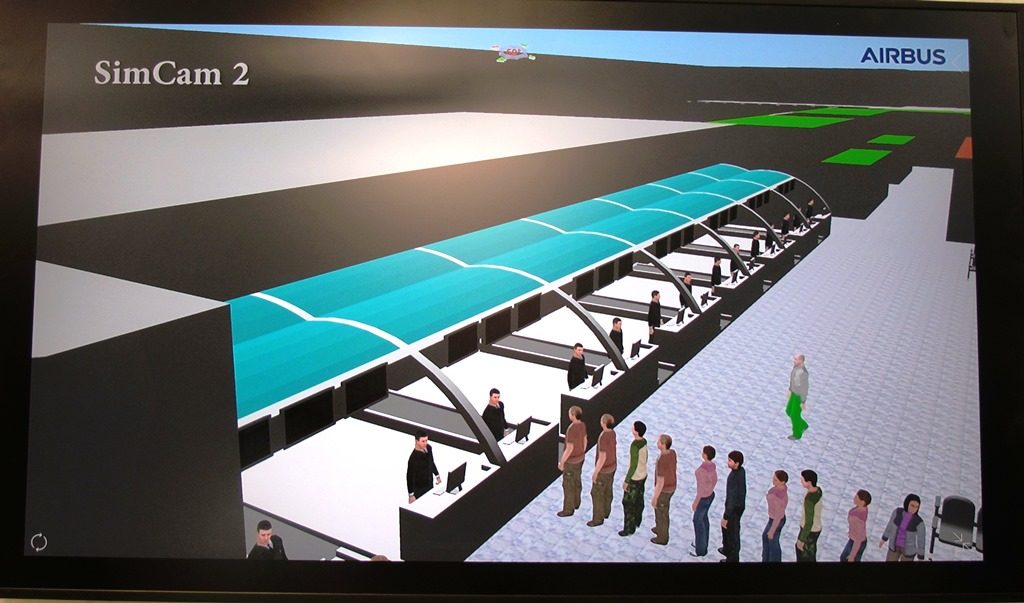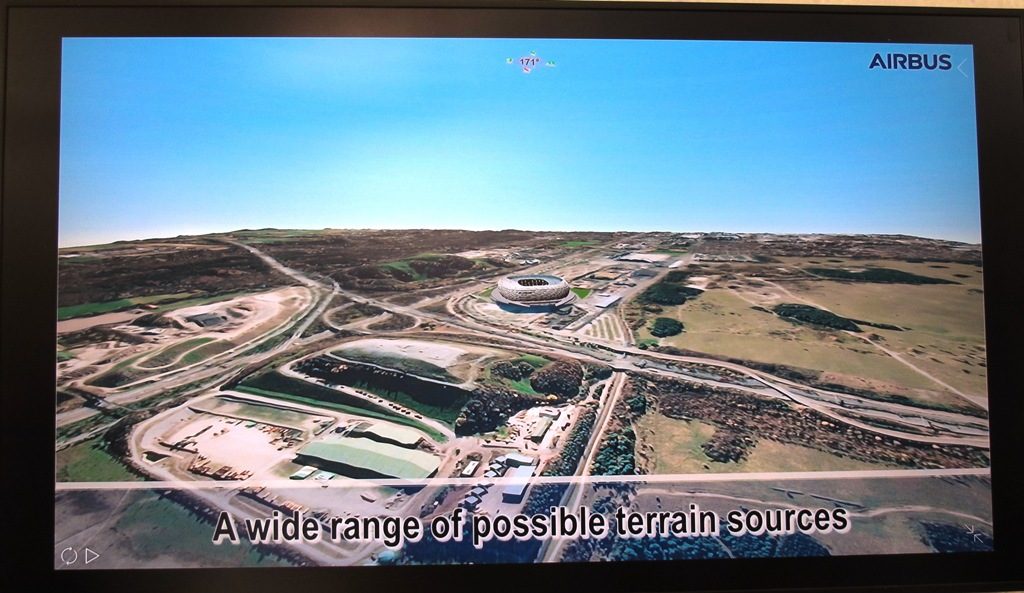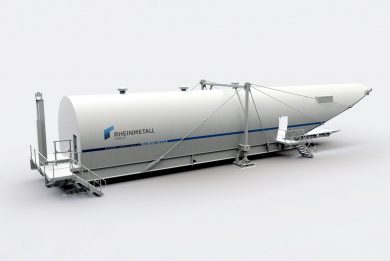
A protective Dome from Airbus
Anticipating threats, planning a site defence, detect the threat and react to it, Airbus is active in all the steps that represent the cycle to protect valuable assets.
Predicting is very much the business of its Apsys subsidiary, Airbus detains 99.2% of its shares since 2001, a company specialised in product security, product assurance and safety in the aerospace, transport, energy and defence fields, digital and software solutions. Expert in analysis and audit, it works in order to anticipate threats by intelligence assessment using digital platforms such as open-source intelligence and satellite imagery. On the other hand Airbus is capable to provide all kind of communication means ranging from SATCOMs to land radios, the company providing the comms networks to the French Police and Gendarmerie, while new platforms in the form of secured smartphones are being provided to first responders units. Airbus considers that security is a single domain, thus its security strategy integrates both physic and cyber protection aspects. To improve its security offer, the French-German company unveiled at Milipol its latest tool, known as Dome, which offers a holistic approach covering physical and cyber protection.

The Dome allows to put under a single hat all security bricks, the 2D/3D modelling of the site being a derivative of what is made in the defence world, duly adapted to security, 3-D models being obtained using satellite as well as UAV imaging, three-dimensional renderings being available also for the inside of the buildings. All models are geo-referenced, and once the infrastructure model is finished it is possible to populate it with elements taken from libraries containing APP-6 NATO symbols as well as simulated people i.e. developed using PAXSEM [1]. The system allows to play different crisis scenarios, simulating humans as well as technical systems including sensors, communication assets and effectors, the interaction between humans and platforms being based on given concepts of operation.

The Dome shows the effects of the different systems on the overall situational awareness allowing to optimise the deployment of assets, checking the position of cameras to obtain better coverage, i.e. to have better views of subject faces to potentially allow optimal use of face-recognition systems. The system can also be used to simulate the effects of cyber attacks, such as an attack on IP addresses that neutralises one or more cameras. The Dome takes in count interaction between platforms, dynamic behaviour and agent-based 3D analysis, providing Key Performance Indicators (KPIs) and Measures of Effectiveness (MoEs) to measure performance analysis. The protection of an industrial infrastructure seen at Milipol was just an example, the Dome being obviously available to cope with nearly any scenario, airports and harbours being among those.
[1] PAXSEM is an agent-based simulation system developed in Germany for sensor-effector simulations at technical and tactical level that can be used for high performance data farming experimentation.
Photos by Paolo Valpolini



